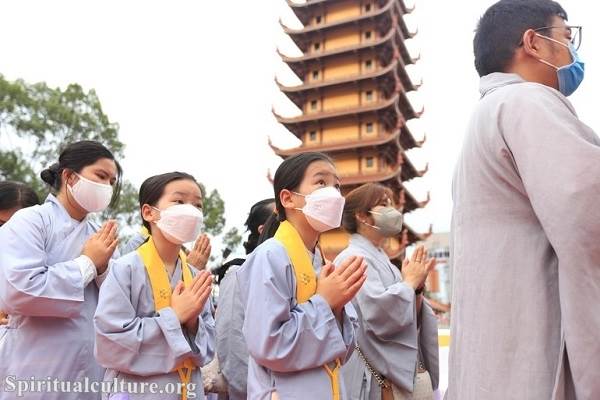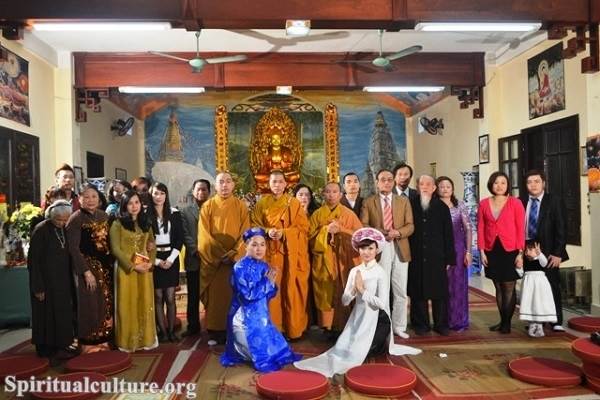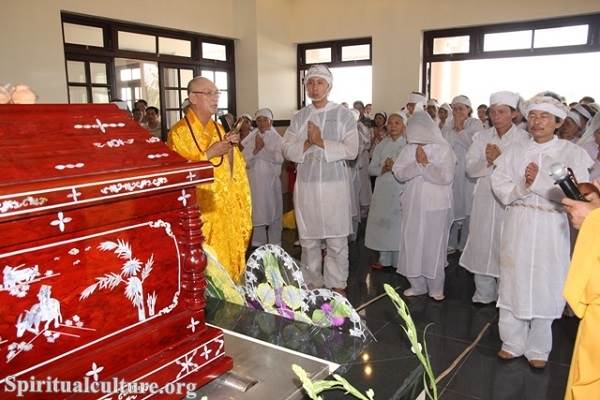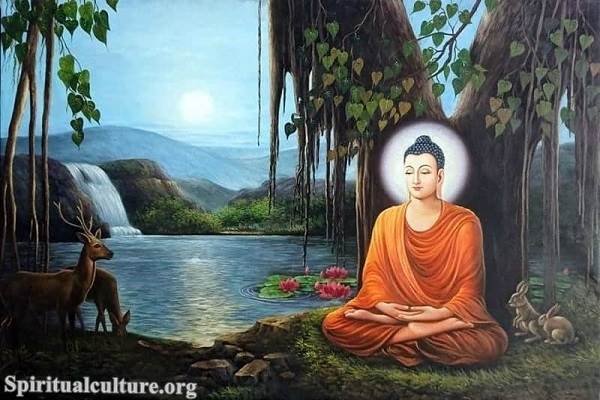A wide variety of traditional clothing is associated with different Buddhist cultures and traditions, and many Buddhists wear these garments to express their cultural identity or spiritual commitment.
For example, in some traditions, monks and nuns may wear distinctive robes to symbolize their renunciation of worldly possessions and their dedication to spiritual life. These robes are typically made of simple, unadorned fabric and are worn over the left shoulder, leaving the right shoulder bare. The color and style of these robes can vary depending on the tradition and the region in which the monk or nun lives.

Lay Buddhists may also choose to wear traditional clothing as a way of expressing their spiritual devotion. In some traditions, this might include garments such as the Japanese kimono or the Tibetan chuba.
It is worth noting that the clothing that Buddhists wear can vary widely depending on the culture and tradition in which they live.
Some Buddhists may follow traditional dress codes more closely, while others may adopt a more modern style.
Ultimately, the most important aspect of a person’s clothing in Buddhism is that it is modest and respectful and does not distract from the practice of mindfulness and spiritual development.




